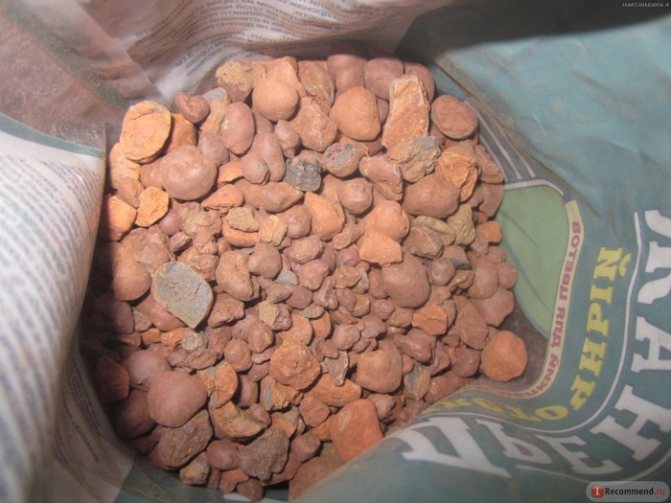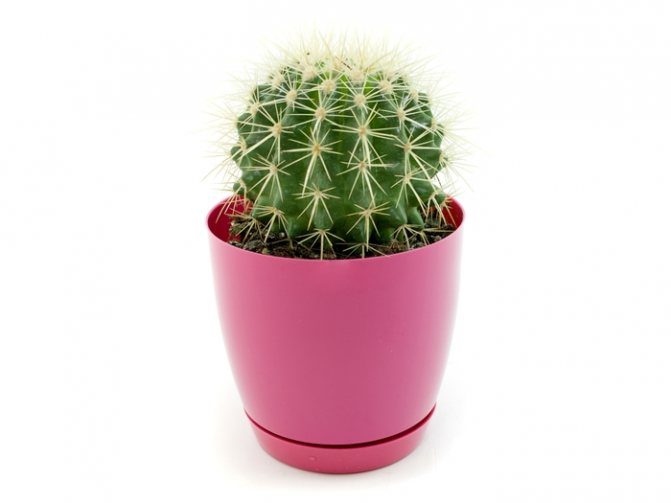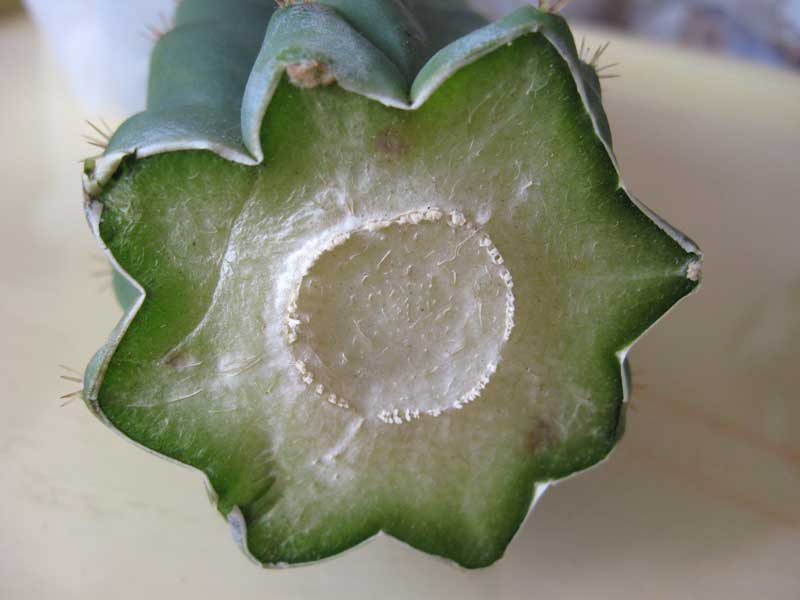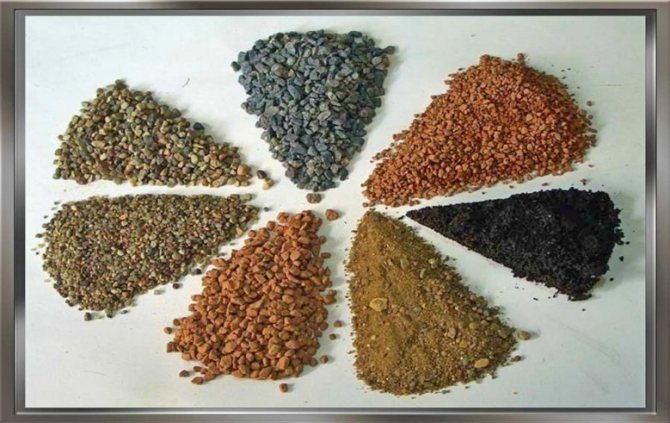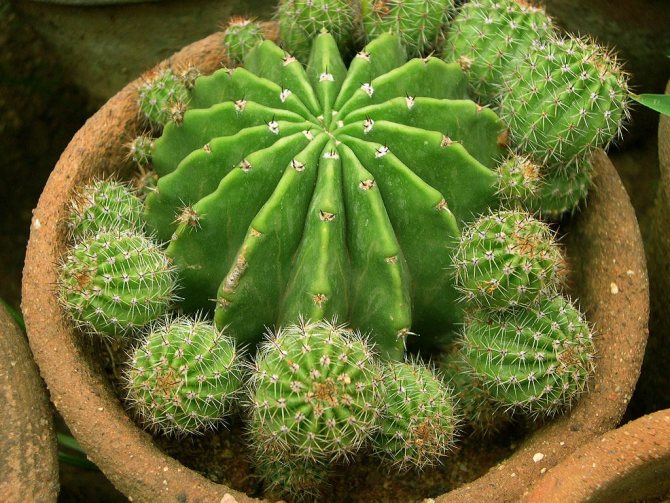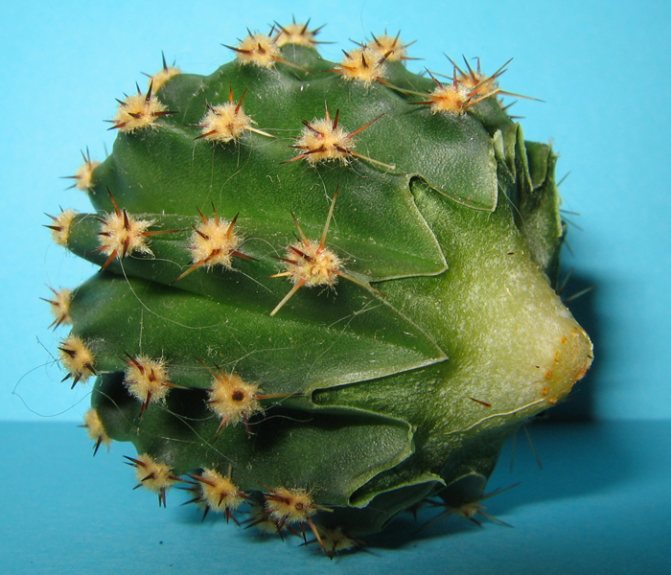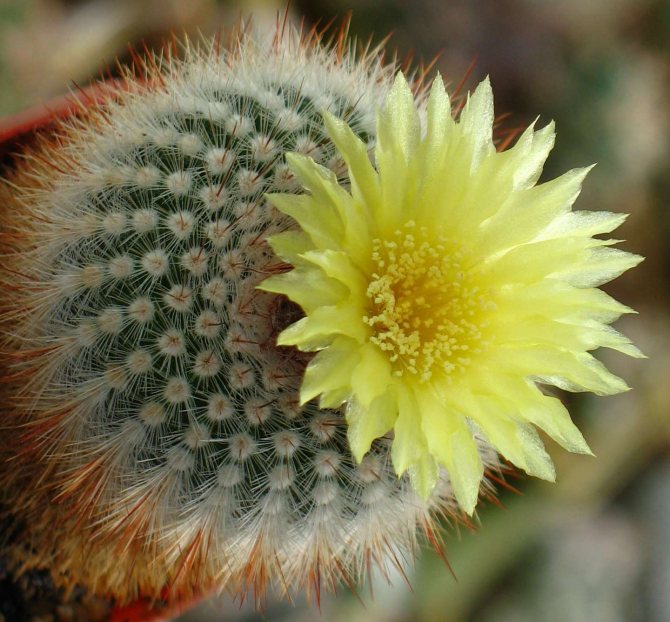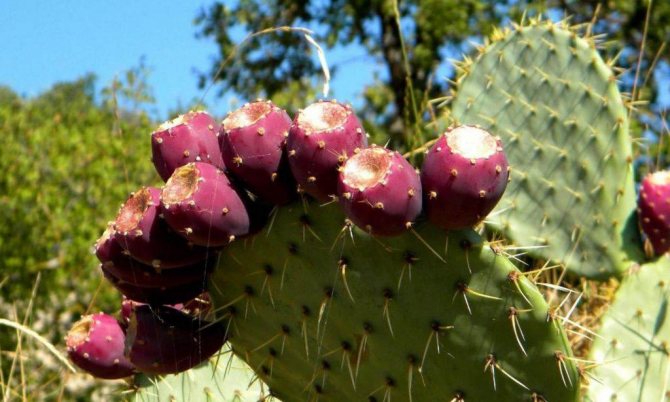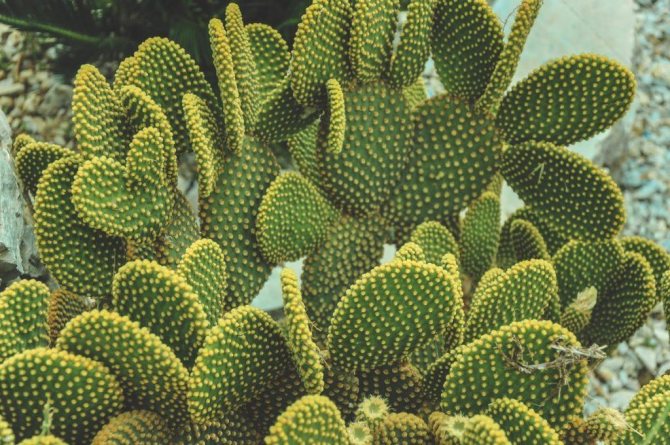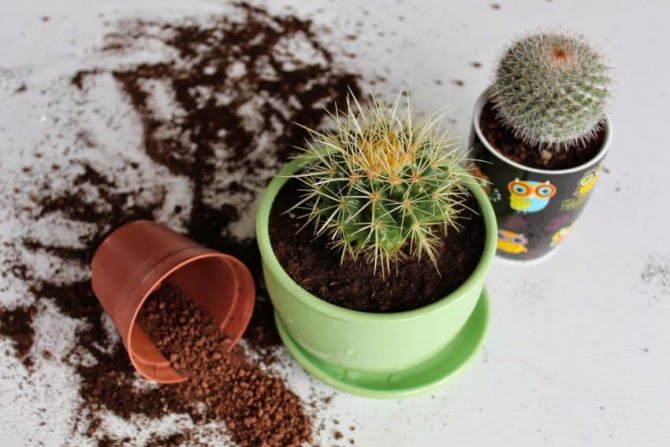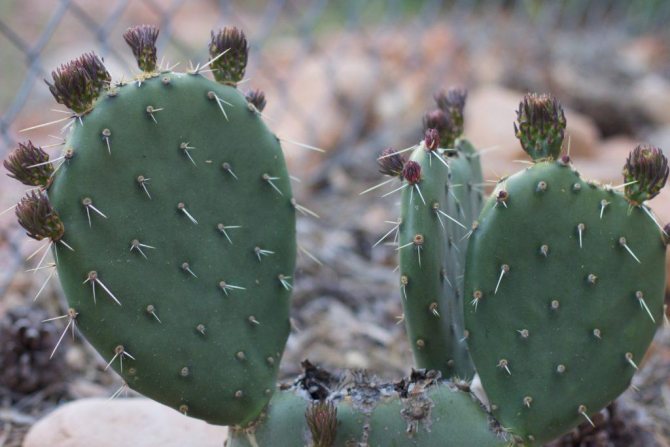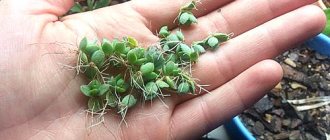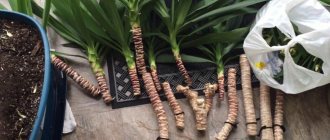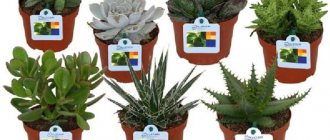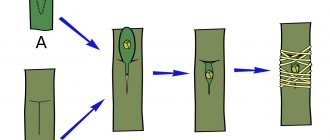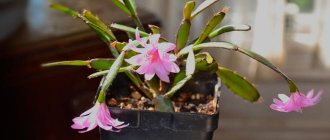Reproduction of cacti in nature usually takes place with the participation of animals. They simply catch on the thorns on the processes of the plant, pick them up, and then carry them over long distances. Reproduction of cacti at home, of course, takes place with the participation of a grower. How to propagate a cactus at home? This is done by separating:
- children;
- cuttings.
Both methods are quite effective, therefore they are equally often used by flower growers. Breeding cacti at home is also possible with the help of seeds. But cacti do not always bloom, so sometimes it is simply impossible to get them. That is why this method of breeding cacti is practically not used by amateurs. It is used more by professional breeders. At the same time, many of them note that the highest quality plants are obtained from seeds.
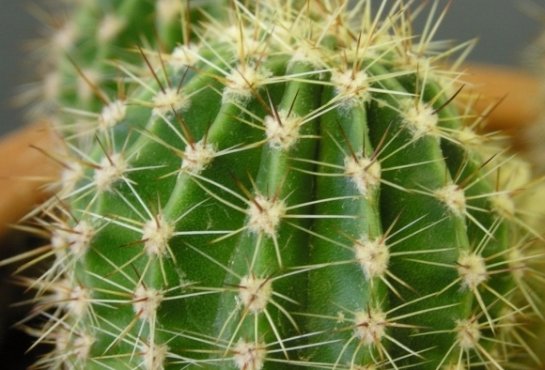
Reproduction of cacti by children
How to propagate a cactus with children? Usually, several small shoots are formed on the cactus itself in the course of its life. These are the "children" of the plant. They can be found both on the top of the cactus and at its very roots. It is quite easy to separate them and plant, because they are minimally connected to the mother stem. In addition, as a rule, roots begin to form on them immediately. Therefore, you will not have to take special rooting measures. Even if there are no roots on the "baby", they usually grow very quickly. You should plant the scion in slightly damp soil. There he will quickly grow roots. True, you should not abuse moisture here, because due to its increased presence in the soil, the cactus may simply begin to rot. If you are afraid that this will happen, you can not plant the broken off process immediately, but put it to dry out and grow roots. In this case, special conditions are not needed for him. After a week or two, roots will surely appear on the shoot. After that, you sit him down with the confidence that he will be accepted.
If there are several "babies" on the cactus, you can try to plant them in different ways. This way, something will take root anyway and you will have a full-fledged cactus.
It is worth noting that it is necessary to separate the processes with extreme caution. Despite the fact that they do not stick very tightly to the mother stem, they can still be damaged if they are torn off. This can lead to rotting of the appendage. Therefore, it is better to help yourself with small tweezers.
The "baby" is not planted very deeply. The smaller the better. However, make sure that the cactus does not fall. Sprinkle it with dry earth on top. Do not dig in the root collar under any circumstances. It should be above the ground. It can be hidden in a flowerpot by planting a cactus lower. Thus, the aesthetic appearance of the plant will be preserved.
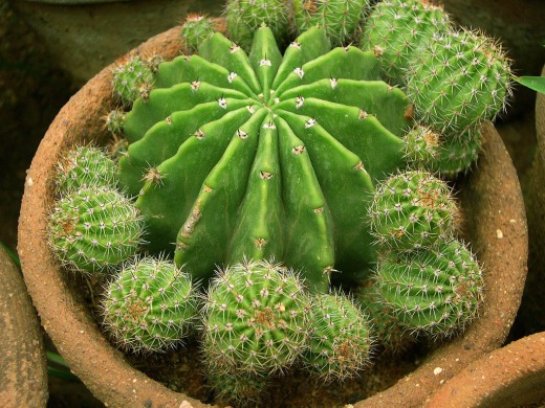

How to propagate by seeds?
Breeding cacti is also feasible by seed. Despite the fact that this method is fraught with certain difficulties, florists often resort to it. The seed method allows cactus lovers to easily experiment with planting material of new and little-known varieties, getting unique specimens for their collection. At the same time, the disadvantages of this method include low productivity, which is expressed in the weak germination of seedlings.
To breed cacti with seeds, you need high-quality and viable planting material. You can buy it from a reliable flower shop or get it yourself from fruits that have formed on a mature plant.
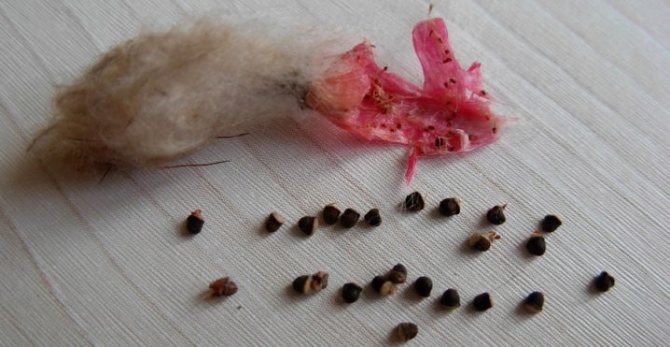

In order to germinate the seeds of these exotics, you need to do the following:
- on the eve of sowing, the seeds should be soaked in water for a day;
- after soaking, soak the seeds for 10 minutes in a solution of potassium permanganate;
- after processing, dry the planting material and start sowing.
Before sowing, it is necessary to prepare a loose and light soil mixture consisting of fertile soil, turf, coarse sand and crushed charcoal. The resulting substrate is poured over the drainage layer laid on the bottom of the planting tank.
After that, the container filled with the substrate is placed in a tray with water. This will allow the lower layers of the substrate to be wetted and provide the seeds with the moisture necessary for germination.
Sowing seeds is carried out in shallow grooves or simply laid out on the surface of the substrate. You do not need to fill up the seeds or press them into the substrate. After sowing, the container is covered with glass or covered with a film to ensure the optimal temperature and humidity required for the germination of the planting material.
It is important to ensure that the temperature in the room where the cactus seeds germinate is stable at a level of + 25-30 °. Strong temperature changes must be avoided.
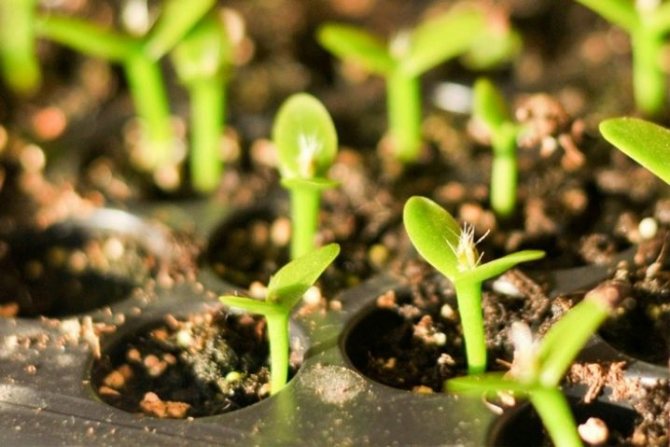

The germination rate of the planting material depends on the species characteristics and plant variety. TThus, the seeds of some types of cacti - for example, astrophytums - germinate within a few days after sowing, others (in particular, prickly pears) - after a few weeks. When the seedlings grow to the size of a pea, they should be planted in separate pots. The recommended frequency of watering young plants is once every 3-4 days.
Propagation of cacti by cuttings
Not all varieties of cacti grow "children" over time. Some, by their very nature, do not have such functions. In this case, it will not work to divide the plant by shoots. We'll have to cut the cuttings. Their planting is more difficult and does not guarantee rooting.
How to propagate a cactus by cuttings? You should choose a piece of stem that is neither old nor quite young. This piece should not show any damage or signs of illness. It should be cut off with a sharp blade or knife. The instrument must be disinfected before use.
By cuttings, you can save a cactus that has rotted from below. You just need to cut off the damaged part of the stem, and root the good part. True, this method of landing is ineffective. Due to the wide cutting area, the cactus can rot. But still there is a probability of normal rooting.
In this way, the Decembrist cactus is divided, reproduction consists in breaking off and rooting a branch of a flower. This type of cactus is very easy to accept. At home, you can also divide the euphorbia cactus, the reproduction of this plant is possible by cuttings and pieces of the stem. Usually a 12 centimeters long stalk is removed. It has every chance of being accepted.
Sometimes the cactus grows too tall. In this case, it may not look aesthetically pleasing. In addition, due to its length, it can outweigh the flowerpot and tip it over. In this case, they simply cut off the top and root it. If the stem is long enough, it can be divided into several cuttings. You just cut a cactus into even strips, how to propagate cacti in this way? You just:
- Prepare some utensils and soil.
- Cut the cuttings with a sharp, antiseptic-treated blade. Their ends can then be treated with charcoal.
- Dry the cuttings for several days.
- Plant them.
It is impossible to water the plants after planting.The cuttings will have a large area and may start to rot. In the absence of a large amount of moisture, this can be avoided. But you can use "Kornevin". You will pour quite a bit of it into the planting hole.
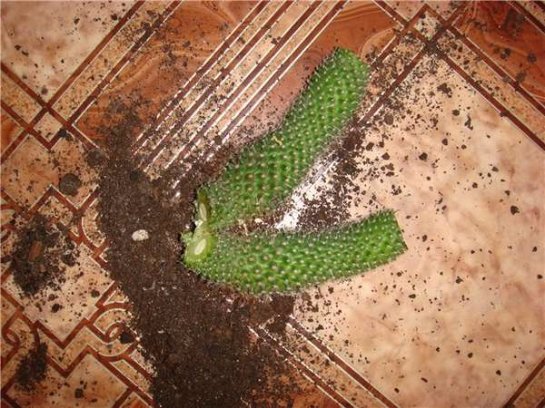

Methods and rules for vegetative breeding
Vegetative cultivation of cacti involves the use of "babies" and cuttings obtained from strong healthy plants. These methods are among the most simple, so even a novice florist can use them.
"Children"
This method of breeding cacti is allowed to be resorted to all year round. However, it is best to propagate plants by "children" in the spring-summer period. If it becomes necessary to grow a young cactus from a shoot in autumn or winter, the plant should be provided with sufficient illumination and optimal temperature and humidity conditions.
When is the best time to propagate cacti?
This is best done in late winter, spring and summer. At this time, the plant is actively growing, it has great potential, which increases the likelihood of effective reproduction. If you divide the plant at the end of winter, then by the spring activation it will already have time to take root and start active growth.
Babies can be separated from the cactus even during flowering. He will not suffer from this in the least. But with cuttings you will have to wait. After all, this procedure is still difficult and traumatic, especially for a flowering plant.
If the plant is sick and even dies, the only way out is to cut the top. This is the only way to save the plant. This can be done at any time of the year, if there is such a need.
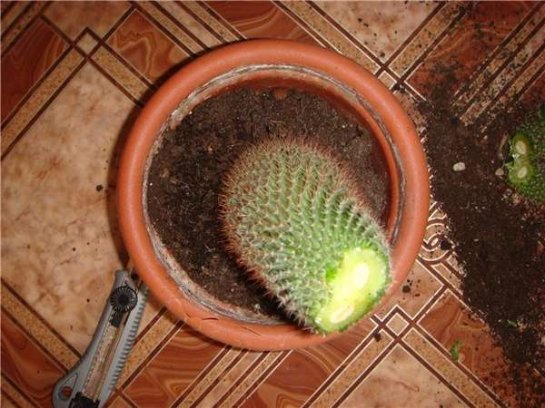

Features of the
Reproduction of cacti at home, most often, does not cause any particular difficulties. These unpretentious plants are appreciated by flower growers for their unpretentiousness to the conditions of maintenance and care. They also do not have special requirements for breeding and growing, so even an inexperienced florist can cope with these tasks.
However, the exotic origin of cacti, which come from South and North America, still dictates some conditions that must be observed when growing and propagating these plants. Failure to comply with these requirements can lead to diseases, poor survival and even death of flowers.
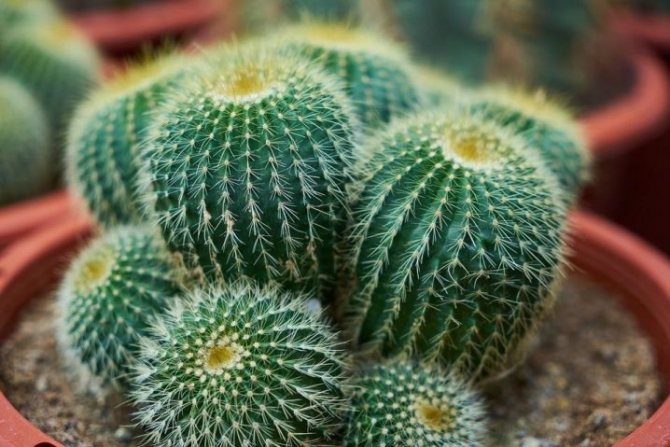

For the reproduction of these representatives of exotic flora, the following are usually used:
Certain varieties of cacti do not form shoots, therefore they can only be propagated by cuttings or by sowing seeds. Natural reproduction of cacti in the wild occurs precisely through seeds.
With regard to home conditions, this method is quite time consuming and difficult.
The simplest and most popular method of breeding these exotic plants involves the use of "babies" or offshoots. In the natural habitat of cacti, their reproduction by "children" takes place with the participation of wild animals. Thanks to the thorns abundantly dotting the surface of the "children", they, like a burdock, cling to the wool of the inhabitants of the savannas and prairies, after which they easily overcome considerable distances with them.
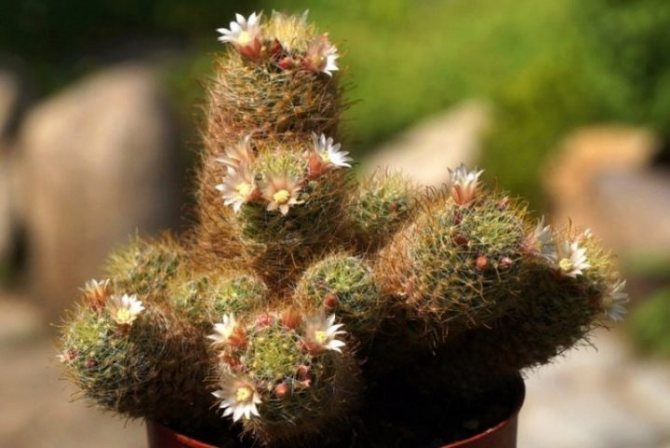

Even very small "babies" of cacti have the rudiments of roots, which ensure their quick survival when they get into wet and loose soil. Under favorable conditions, after a short time, a full-fledged adult plant develops from a small "baby".
The propagation of cacti by cuttings is usually resorted to in the case when, due to their species characteristics, the plants do not form "children", and it is impossible to get seeds from them. In this situation, cut stem fragments are used as planting material, which are rooted in the substrate.
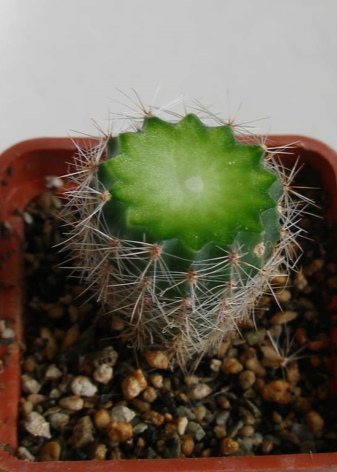

The most difficult way is considered breeding plants by grafting. This method is used in extreme cases - for example, when it is necessary to save a decaying flower. The grafting method is also used when breeding hybrids.
The most suitable periods for the propagation of cacti by shoots and cuttings are spring and summer. In these seasons, plants receive a sufficient amount of light and heat, and metabolic processes in their tissues are most active. Taken together, the presented factors determine the increased endurance and survival rate of young exotics.
It is best to start propagating plants by seeds in January-February. In this case, young seedlings, hatching from seeds, will have time to get stronger by spring. With the arrival of heat, they will enter a phase of intensive development and will actively form the aboveground part and root system.
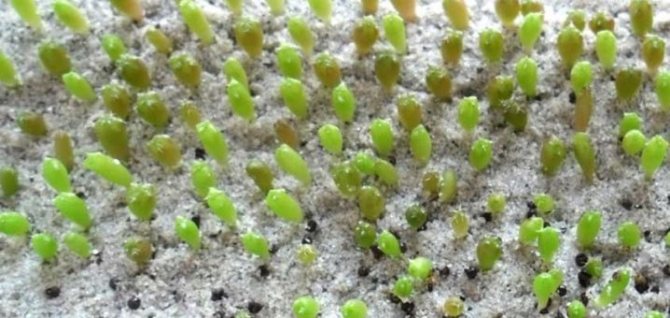

How to choose a flowerpot for a cactus
A pot for a cactus should be, first of all, a suitable size. The roots of the plant must have enough room to develop. But an oversized container is also not needed. In it, the cactus will lose a lot of time to develop the soil, while the ground part of it will develop poorly. The best is such a flowerpot, in which there is a space of about one centimeter from the roots to the walls. This is if we talk about the diameter. But some cacti have roots that grow in depth. For such, deep and narrow flowerpots are good.
How to properly transplant a cactus at home: what kind of pot you need for planting (with video)
The choice of a pot in which a cactus can be transplanted, for all the seemingly triviality of the task, is a matter of exceptional importance. And there are at least two reasons for this. First, you choose a container to house the root - an extremely important plant organ through which the cactus assimilates water with dissolved mineral compounds and transports them to the stem.
Also, excessive amounts of water are often stored here and chemical compounds that are important for the life of the plant are synthesized. The second good reason is the need to improve the root system not for 1-2 days, but for several years!
Based on this, it is necessary to envisage not only the correspondence of the pot to the current state of the root system, but also to a certain dynamics of its development during the time allotted to the next transplant.
The key parameters of how to choose a pot to plant a cactus are the upper diameter (section), height and, as a consequence of the first two, the useful internal volume.
Less significant, but sometimes also noteworthy is the color of the plastic, the ability to transmit sunlight (for white and translucent), the presence of a retractable bottom and a slightly conical shape.
Look at the photo how to choose the right pot to plant a cactus:
Key parameters are extremely important in order to assess whether the current state of the root system is appropriate for the selected pot. The pot should not be much larger than the root system at the time of transplanting.
Nevertheless, the solution usually represents some kind of compromise, given that very soon the developing root system can significantly and relatively quickly master the new volume.
Before transplanting a cactus with a rudimentary root system into a new pot, keep in mind that such plants are likely to have problems with the development of a large volume, in which, after watering, with insufficient drainage of the substrate, excess moisture will linger for a long time.
At the same time, you cannot choose a small cactus pot with a weak root system, but with a large and heavy stem. Such a plant in a small pot can easily overturn.
For species with a powerful turnip and radish root, tall, narrow pots with significant potential for linear root growth will be needed, without the need for a large amount of soil that can bind and retain a significant amount of water for a long time.
The color of the pots in some cases can also be an important parameter. Planting plants in black pots can be considered unsuccessful due to possible overheating of the root system if they are exposed to direct sunlight.
However, this problem disappears if the pots are tightly arranged in the trays. Slightly conical containers (round or square in the top section) are definitely more convenient for transplanting, as are pots with a pull-out bottom.
With a rare transplant or strong development of the root system, shaking out cacti from such pots is always accompanied by less trauma to the roots than when using cubic or cylindrical pots.
How to transplant a cactus into another pot is shown in this video:
Priming
Land for planting cacti can be purchased at the store. There you will find the soil or substrate, the composition of which will be specially developed for these plants. True, it is quite difficult to find just such a soil. Often in flower shops universal primers are on sale. In this case, on its basis, you can prepare the soil yourself. To do this, you just need to add the following ingredients:
- clay-sod land;
- humus;
- coarse sand;
- charcoal;
- brick chips (for drainage).
Sometimes brick chips are added to the soil itself. All these components make the soil loose and breathable. This is very important for a cactus.
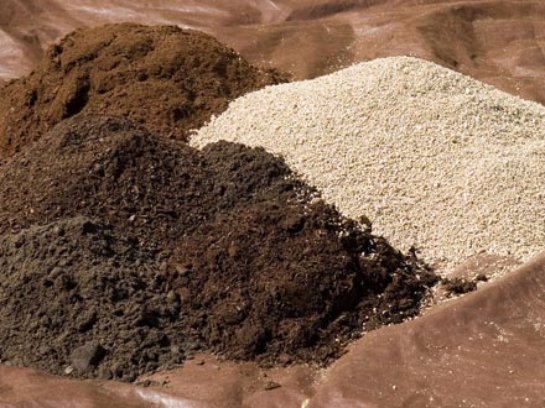

Fertilization and feeding
For fertilizing cacti, it is better to use humic liquid preparations. These dressings contain all the useful elements necessary for the plant, ensuring both growth and development. Fertilize the cactus twice: before the formation of buds and during flowering.
Forest cacti are fertilized from March to October once a week (10 ml of the drug per liter of water). For desert cacti, make a lower concentration of the drug (5 ml per two liters of water). In winter, no top dressing is applied.
Care after landing
You already know how to breed cacti. Now it's worth writing about how to care for only planted plants. With proper care, the cactus will quickly take root and begin to develop.
Immediately after planting, place the cactus in a place where sunlight would be diffused. After rooting, you can change it, but at the very beginning, bright rays can damage the plant. Also, do not rush to water the cactus, especially if it is winter outside. This can be done a week after planting. Usually it takes so long for the roots to appear on the cactus. Sometimes rooting takes two weeks.
Use soft water for watering. To get it, you can melt the snow or just stand up what flows from the water taps. Sometimes growers buy water to water their home plants. The fewer microbes that get into the pot with moisture, the less likely it is that the flower will start to rot without taking root. The watering method for the cactus is not very important. This can be done either through the pallet or in the usual way.
You can cover the soil in the pot with pebbles. It can be both ordinary and decorative. The stones will improve the appearance of the flowerpot, as well as retain moisture in the soil. This is good in the summer when the ground dries up quickly.
The temperature for just planted cactus should be moderate. In the absence of waterlogging, the coolness will also not harm.
How to vaccinate?
Vaccination is considered one of the most time consuming and difficult methods of breeding cacti, which is resorted to in extreme cases. Usually this method is used:
- when it is necessary to stimulate the development and flowering of the plant;
- a new hybrid is required;
- to save a decaying plant.
The most suitable time for this procedure is the spring-summer period, when the plants are in the stage of active development. The essence of the grafting method is the fusion of two parts of different plants. The part to which the trimmed fragment of another plant is grafted is called the stock. The implanted part, in turn, is called the scion.
On the eve of the procedure, the stock should be watered well. Next, you need to prepare a sharp knife or scalpel. The tool blade before the procedure is necessary thoroughly treat with an alcohol-containing agent or a solution of potassium permanganate.

